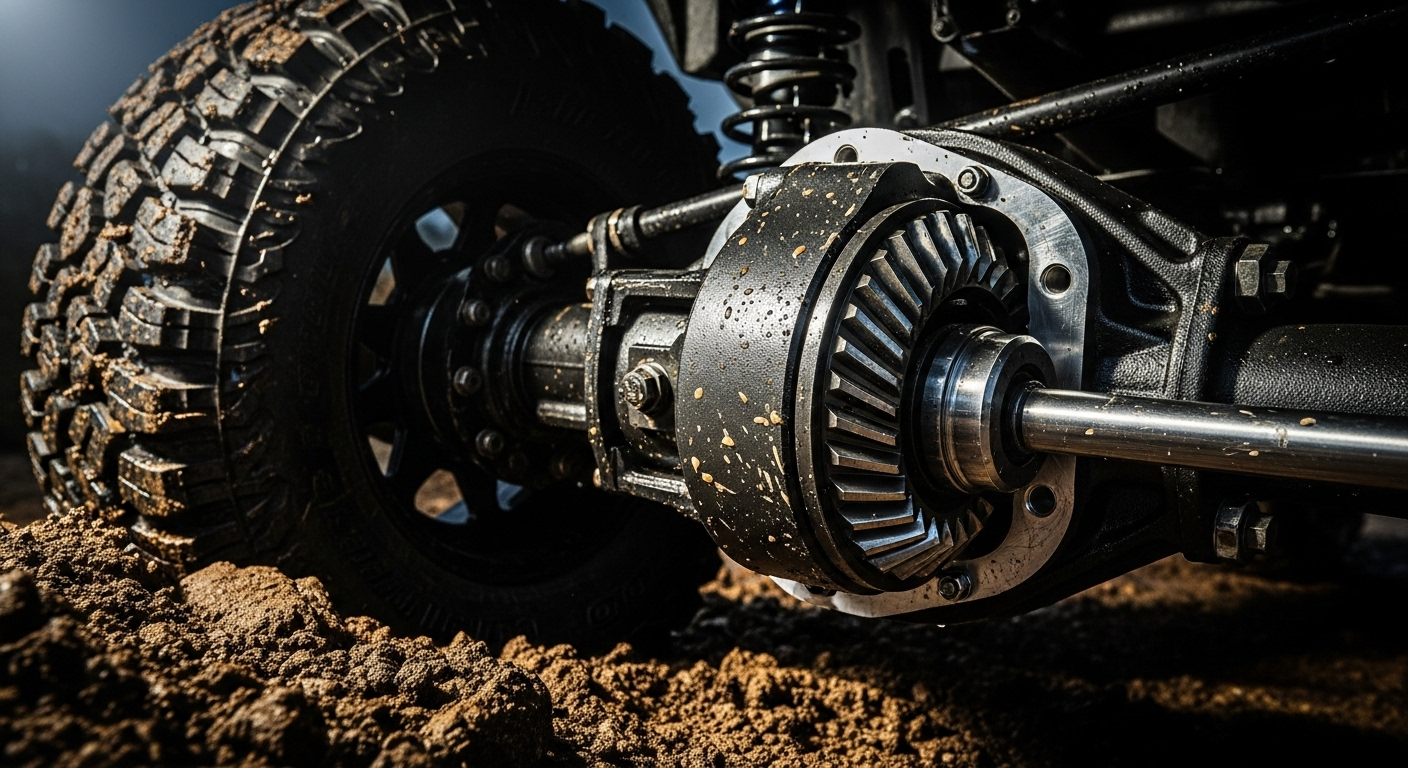Advancing Off-Road: The Rising Significance of Differential Lockers
With the ever-evolving automotive landscape, one technology that has seen significant traction in the off-road community is the differential locker. Born from a necessity for greater traction and control on uneven terrains, this technology has transformed the capabilities of off-road vehicles and redefined the boundaries of exploration.

The Genesis of Differential Lockers
The concept of differential lockers dates back to the early 20th century, with the advent of four-wheel-drive vehicles. Traditional differentials were designed to allow the wheels on an axle to rotate at different speeds, essential for smooth maneuvering around corners. However, this design proved problematic for off-road use, as a wheel with less traction could spin freely, rendering the vehicle immobile.
In response, automotive engineers devised the differential locker, a mechanism that can lock the differential, forcing both wheels on an axle to rotate simultaneously. This innovation was a game-changer for off-roading, enabling vehicles to traverse challenging terrains with increased control and stability.
Current Industry Trends and Insights
In recent years, the demand for differential lockers has surged. Off-roading has grown in popularity, with the rise of adventure tourism and the desire for vehicles that allow exploration beyond paved roads. Manufacturers have responded by incorporating differential lockers as standard equipment in their off-road models, recognizing their value in enhancing off-road performance.
One trend to note is the shift towards electronically controlled differential lockers. These provide the driver with the convenience of activating the locker at the push of a button, without the need to manually engage it. This development aligns with the broader industry trend of increasing vehicle automation and driver convenience.
The Impact of Differential Lockers
The benefits of differential lockers are manifold. Firstly, they drastically improve off-road capability by ensuring that all wheels receive equal power, allowing vehicles to navigate difficult terrains with ease. Secondly, they increase driver control, reducing the risk of wheel slippage, especially on slippery or uneven surfaces.
However, there are also challenges to consider. Differential lockers can cause tire wear and increase fuel consumption due to the increased drivetrain resistance. Furthermore, when engaged on high-grip surfaces, they can lead to handling difficulties due to the unnatural wheel behavior.
Looking to the Future
As the automotive industry continues to evolve, differential lockers will undoubtedly continue to play a critical role in the off-road segment. The challenge for manufacturers will be to minimize the drawbacks while maximizing the benefits. This could be achieved through advancements in technology, such as more efficient engagement systems or smarter differential lockers that can adapt to changing driving conditions.
In Summary
The story of differential lockers is a testament to the automotive industry’s dedication to pushing the boundaries of vehicle performance. As we venture further into the future, it’s exciting to consider the potential advancements and innovations that will continue to redefine our driving experiences. The road may be rough, but with technology like differential lockers, there’s no terrain we can’t conquer.





